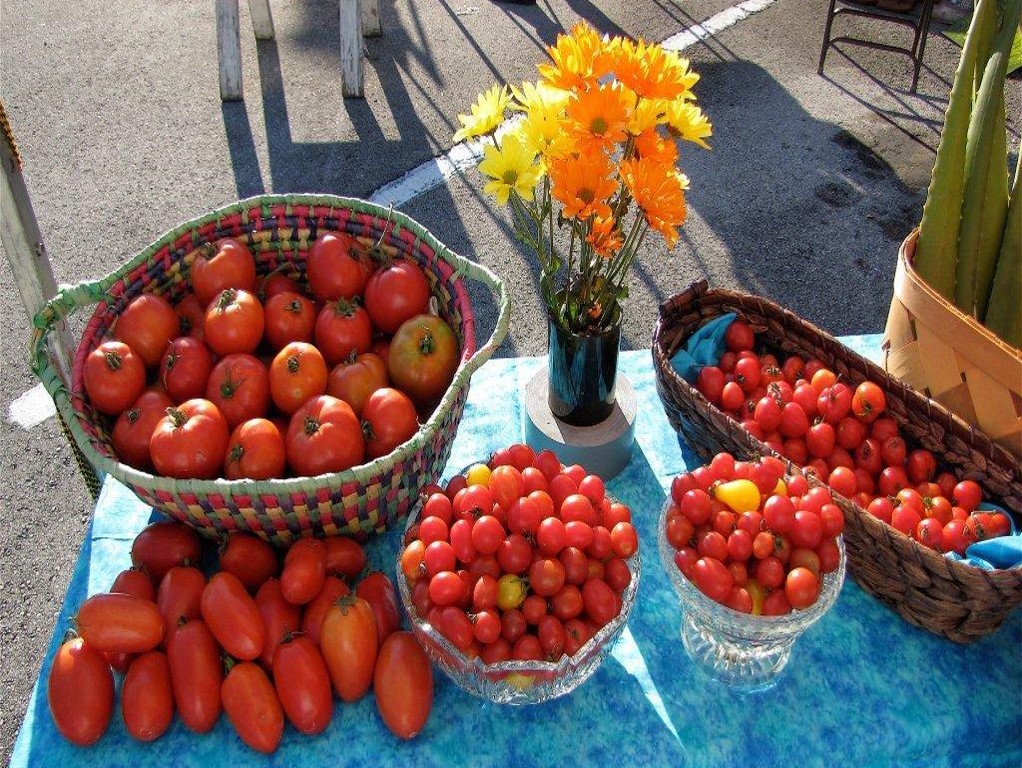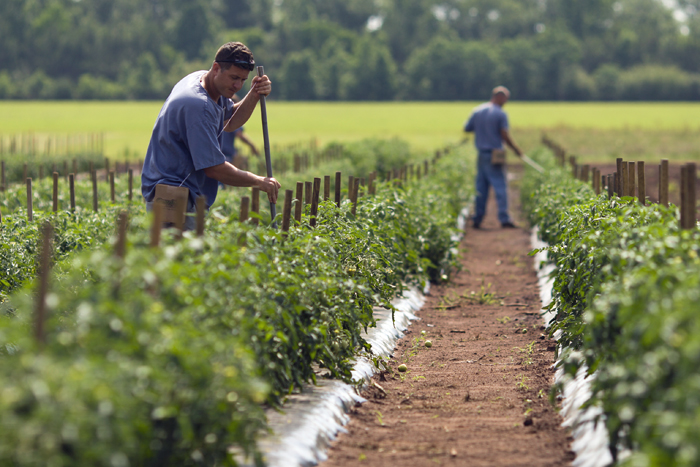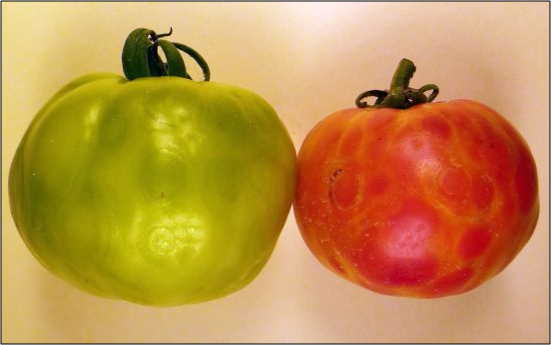It’s time to order seed and get transplants started for a spring tomato crop. Which tomato cultivar should a producer select and what criteria should be used for selection? There are many factors that go into every decision made on a vegetable farm but here are few that will help with selecting the proper cultivar:
-
Market Acceptability
As with all crops grown in agriculture, it is of utmost importance to produce crops that have demand and a market. When choosing varieties, one of the most important factors is selecting one that the consumers are searching for. When researching markets, it is important to communicate with the buyers to select the correct varieties. Growing to meet the demands of the desired market is very important, and should be given serious consideration.
-
Production System and Training Methods
The cultivar selected should be selected based on what production system is being utilized. A majority of the tomato industry in Florida utilizes field production, with the Florida stake and weave system. For this type of production, hybrid determinate cultivars are the best choice. But for greenhouse production, indeterminate cultivars may be a better choice, because they can be grown over a longer period of time, and will grow 20-30 feet in length from September to June. Tomatoes produced in high tunnels or open shade covered structures can be grown using either the Florida stake and weave method or a trellis system, depending on the type of cultivar being grown and the length of season the tomatoes will be grown.
-
Growing Season
As spring approaches there are specific diseases and insect pests that need to be thought about before making a selection. Tomato production in the northern region of Florida is perhaps most favorable during the normal spring season of March through June. This is due to a combination of factors, but mostly due to the lower insect and disease pressure and more moderate temperatures during the spring months. The greatest insect threat in the spring is the group of thrips, including western flower thrips, which vector (transmit) tomato spotted wilt virus. In certain areas of North Florida, consequently, selecting resistant cultivars or implementing pest exclusion methods in protected culture structures is critical, depending on your location.
-
Yields
As with most forms of production agriculture, yields are incredibly important for north Florida tomato production in open field and protected culture. Cultivars should be chosen that have a proven track record of providing quality and competitive yields compared to the cultivars available. Recommended commercially available cultivars, listed in the Vegetable Handbook for Florida, Tomato Chapter by UF/IFAS researchers all have competitive yields.
With all of these factors in mind, a few cultivars that should be considered are as follow:
Spring Field production:
- Florida 47 – Resistant: Fusarium wilt (races 1 and 2), Verticillium wilt (race 1), Alternaria stem canker, and gray leaf spot.
- BHN 602 – Resistant: Verticillium wilt (race 1), Fusarium wilt (races 1, 2, and 3) and tomato spotted wilt.
- Bella Rosa – Resistant: Verticillium wilt (race 1), Fusarium wilt (races 1 and 2), gray leaf spot, and tomato spotted wilt.
- Red Bounty – High tolerance to Fusariam 1, 2, Verticillium, Nematodes and Grey Leaf Spot. Some tolerance to spotted wilt virus.
- Battling Scab in Panhandle Pecan Trees - September 22, 2017
- Where to Start with Marketing Fresh Produce? - April 28, 2017
- Using the Linear Bed Foot System for Vegetable Fertilization - August 26, 2016



